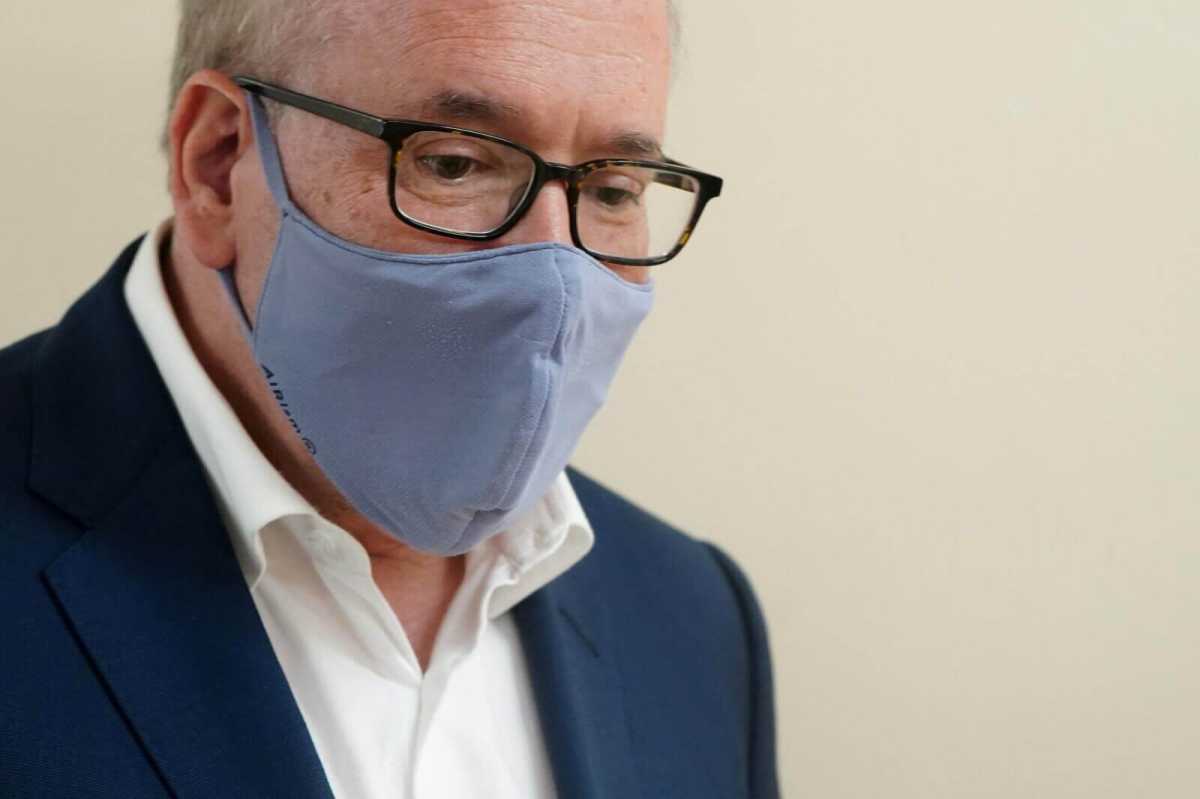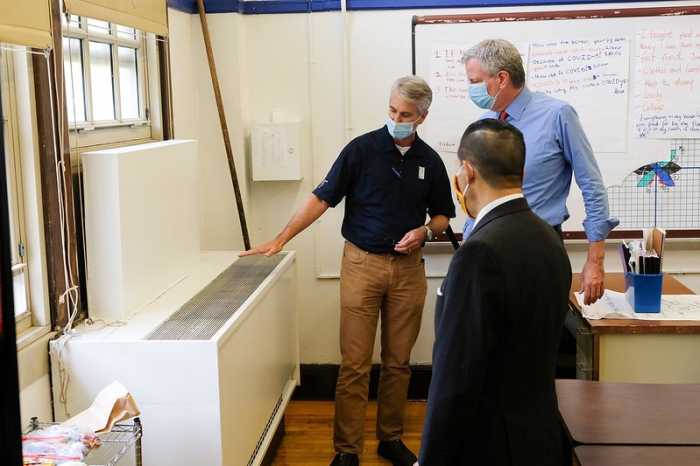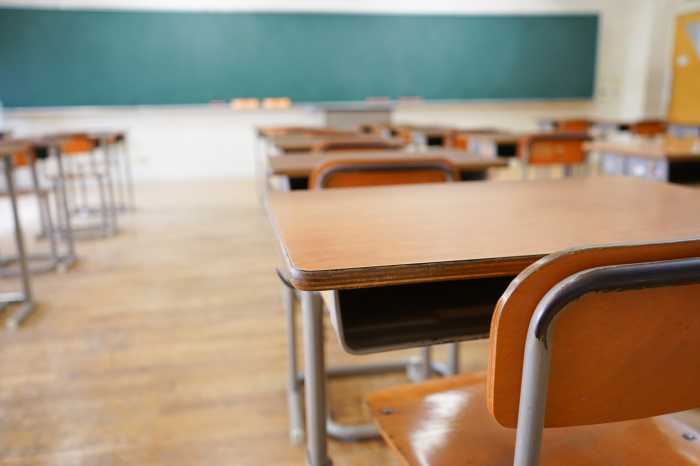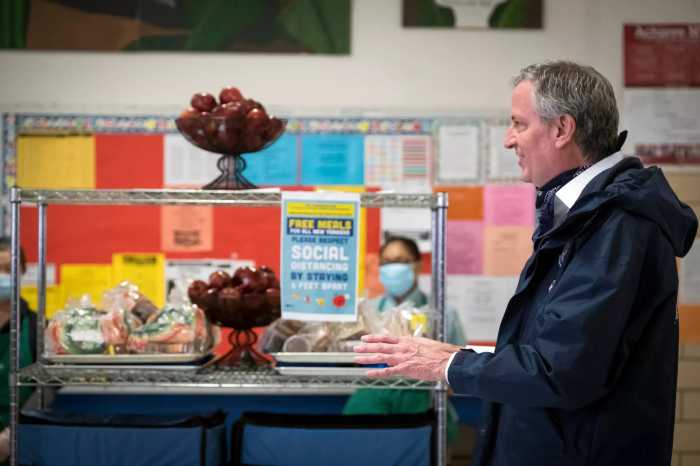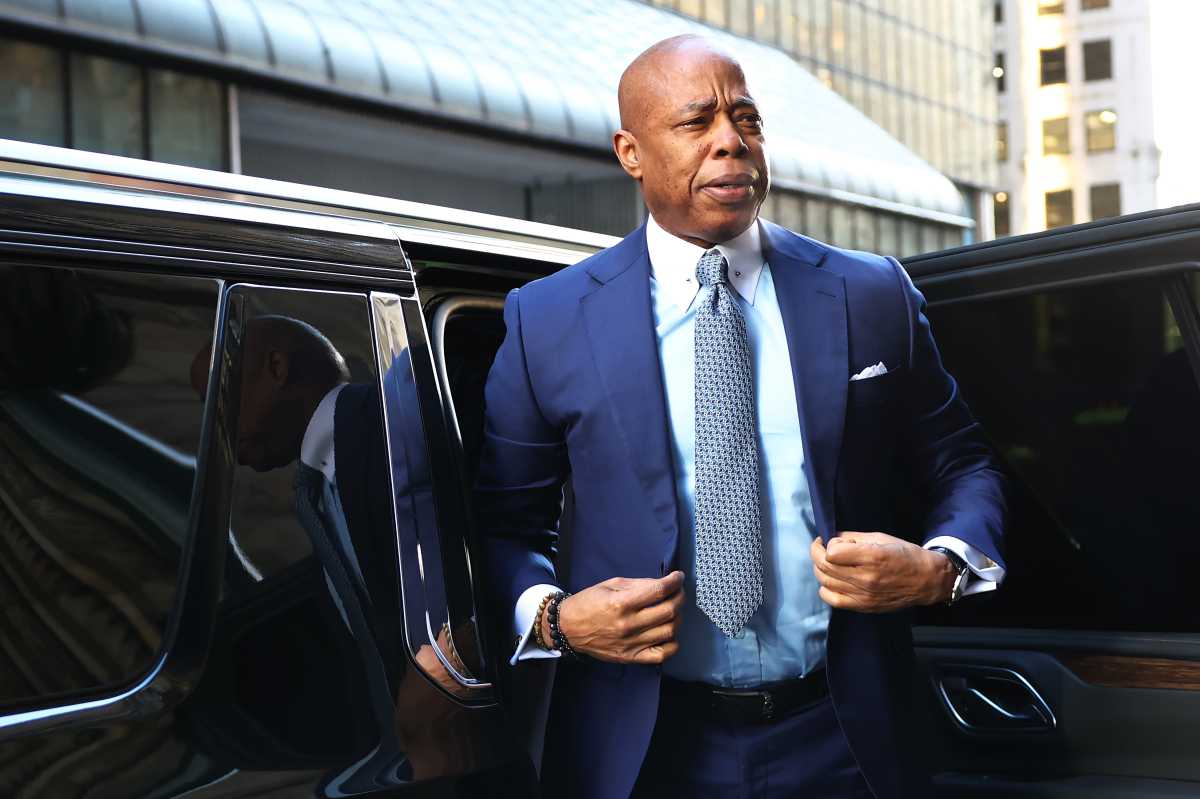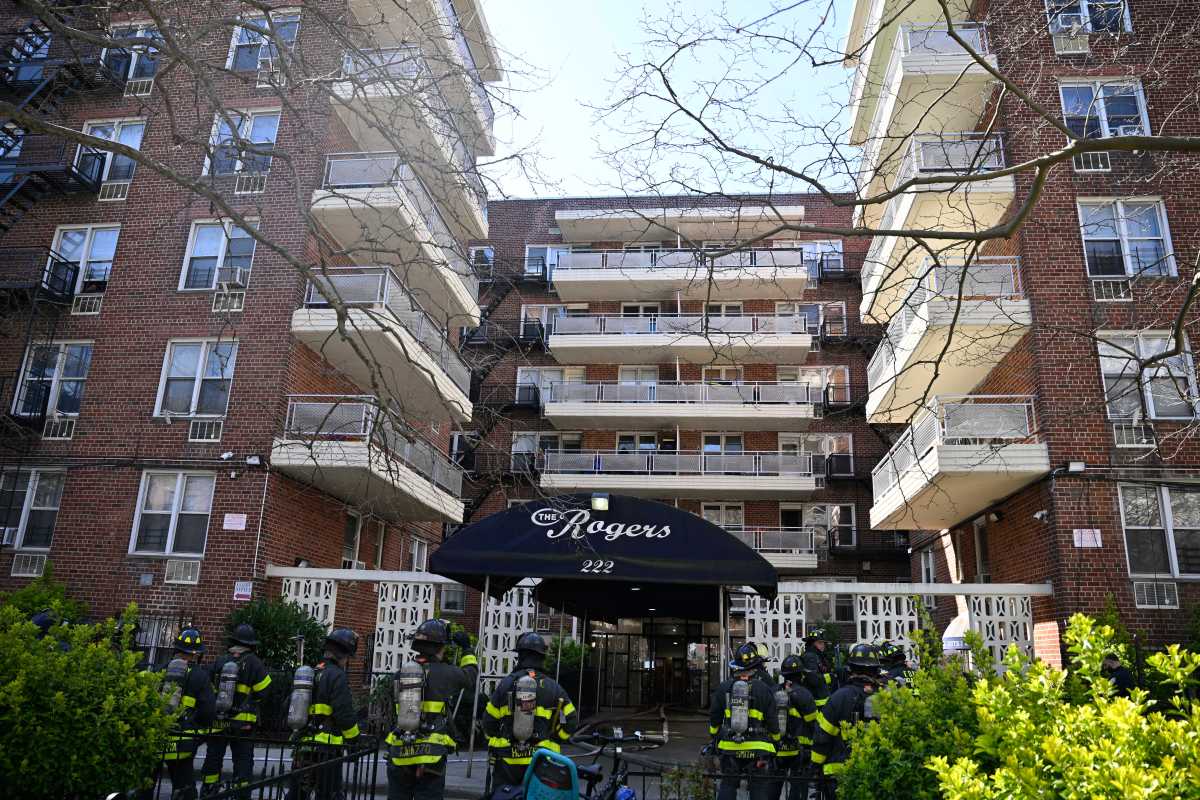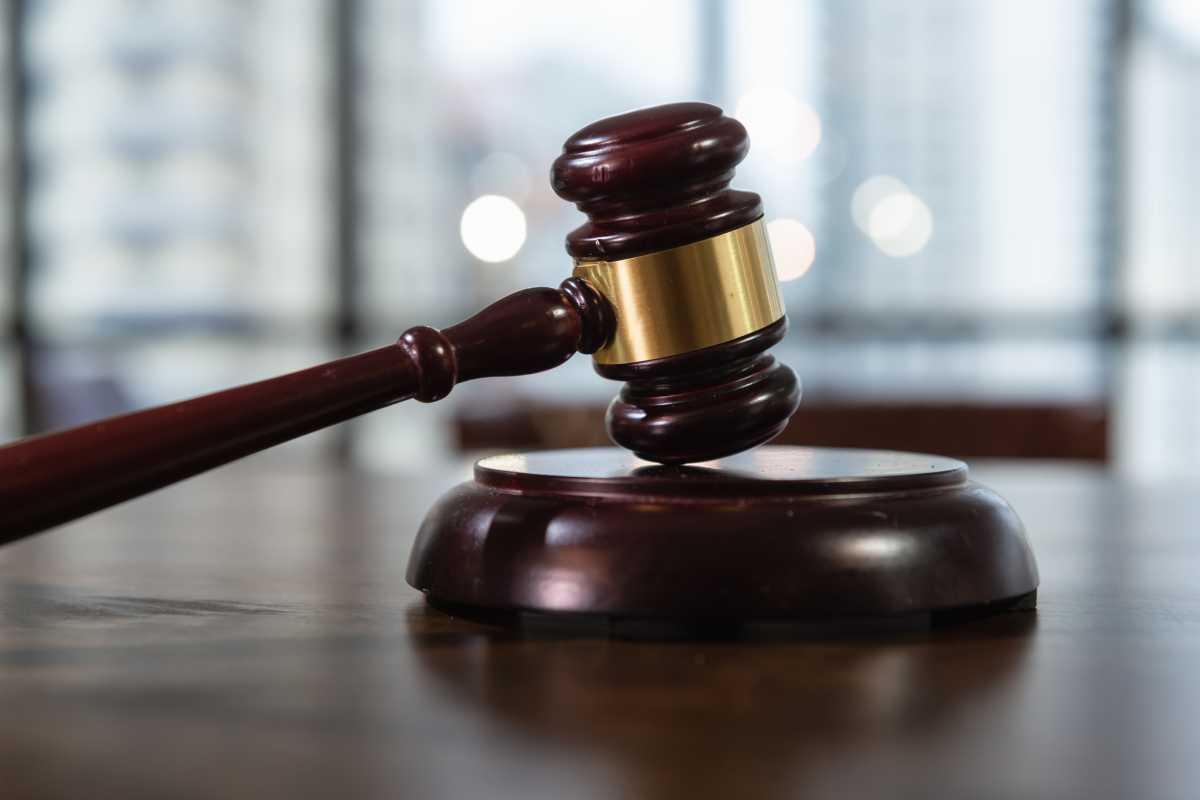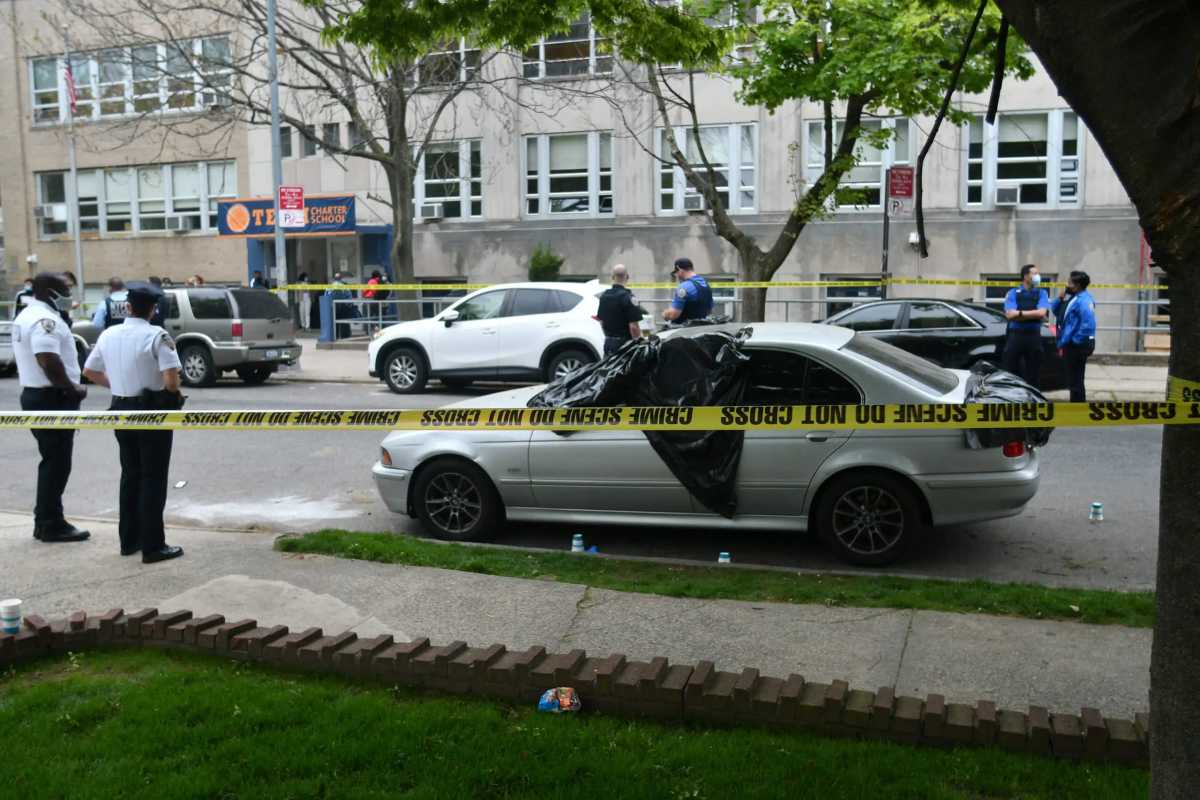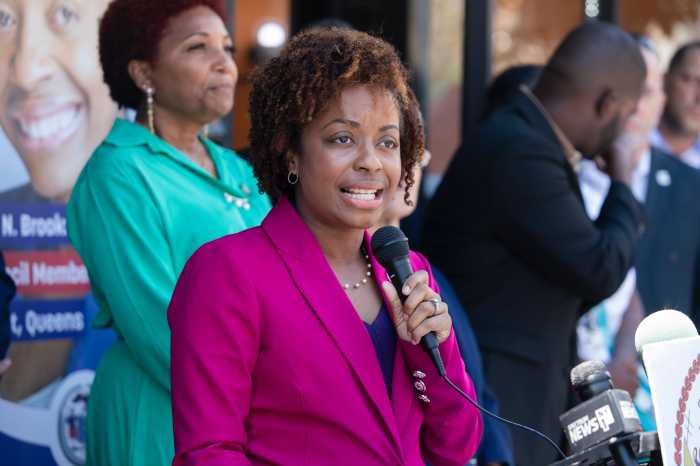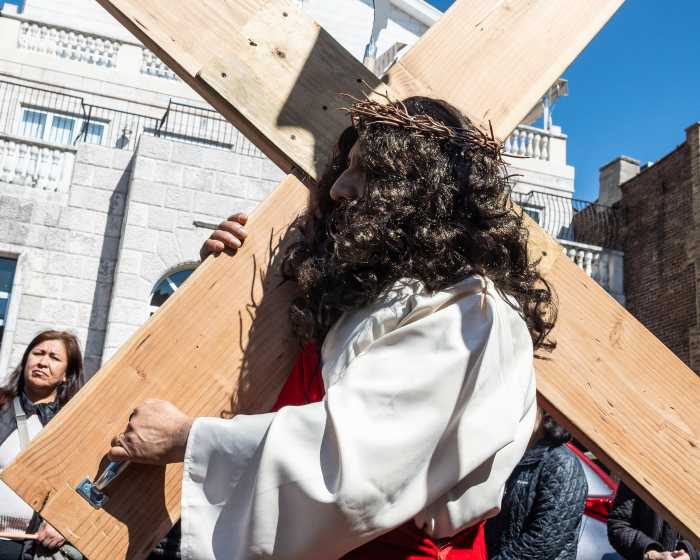As of March 25, 19, 425 iPad student requests for a Department of Education-issued iPad are “under review” or “unresolved” with 16,451 of those requests dating back to 2020, an audit from New York City Comptroller Scott Stringer reveals.
In mid-March last year, Mayor Bill de Blasio ordered a system-wide shutdown of public schools in order to mitigate the spread of the coronavirus forcing schools to transition to online classes essentially overnight.
However, thousands of children were unable to log on to remote classes due to lack of internet connection at home or because they did not own an internet-accessible device like a desktop computer or laptop.
In order to remedy this, the DOE decided to purchase hundreds of thousands of iPads and laptops with built-in internet access and ship them to students without a device across the five boroughs. Initially, the department prioritized students living in shelters or temporary housing, students with disabilities and multilingual students but eventually began to distribute devices on a rolling basis based on requests.
It took the DOE months to execute the Herculean task with some teachers and parents complaining throughout the pandemic that device requests were going unanswered. In order to get DOE iPad, families had to submit a request online or via the DOE helpdesk or 311.
“The agency bungled the job,” Stringer told reporters during a press conference outside of Tweed Courthouse on Wednesday. “That’s more than 16,000 students who were ignored by our education system. It’s unacceptable.”
The comptroller added the DOE had no explanation as to why thousands of requests were left unresolved for nearly a year. During the press conference, Stringer demanded the department identify all the students who did not receive a requested device and ensure they get “all the support and resources” they need in order to address any learning loss.
Mayor de Blasio responded to reporters’ questions about the audit by questioning when the Comptroller gathered the information outlined in the report, stating device roll out “happened constantly.” According to DOE officials, 357,000 iPads were bought for distribution during the 2020 spring semester and another 104,000 Apple iPads were purchased during the 2020-21 school year. In addition, the department says it purchased 50,000 extra iPads in December of last year with the specific intention of fulfilling outstanding device requests.
Stringer’s audit also found the DOE did not track the devices it issued from their own in-house inventories to make sure it is not giving iPads to students who already received one from their school and the department does not review device-related data. In addition, the auditors found the DOE does not have formal procedures for device tracking and distribution.
“This is an audit in search of a problem based on outdated information. We did what no other school district was able to do – distributing half a million devices to students in need during a pandemic,” said DOE spokesperson Sarah Casanovas. “The requests identified in the Comptroller’s audit were resolved, there are zero unfulfilled device requests, and we continue to fulfill devices requests quickly as needed.”
A department spokesperson claims the more than 16,000 device requests mentioned in Stringer’s audit have been resolved since “they were either fulfilled or the device was not needed.” It remains unclear when exactly the device requests were filled between March to July. The department is planning to prioritize device access this fall—with the help of $122 million in federal stimulus funds—when students return to classrooms and “ensure all students become fully fluent digital citizens.”



